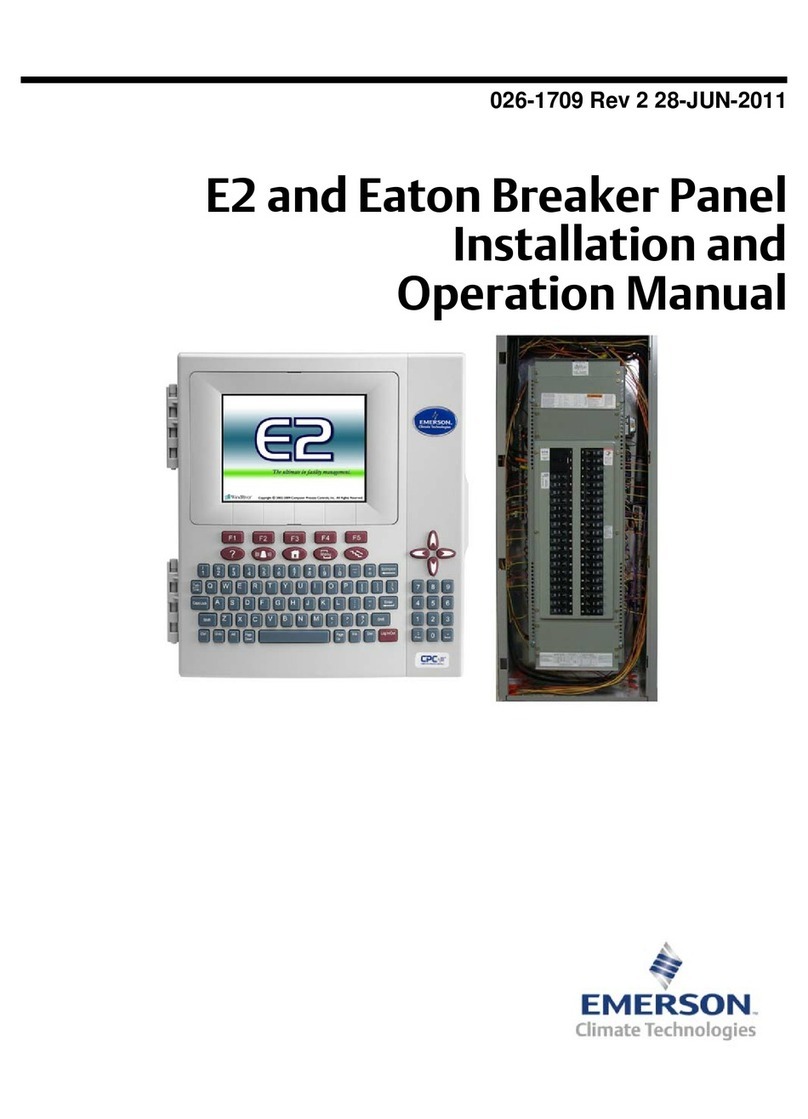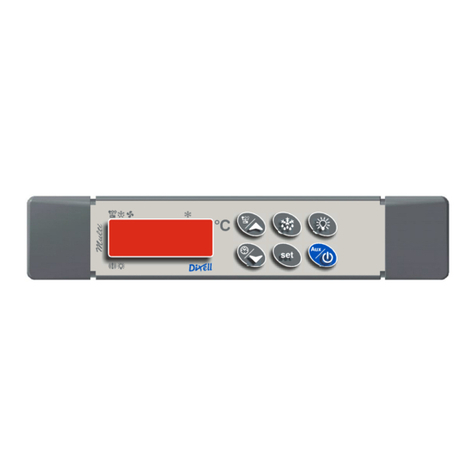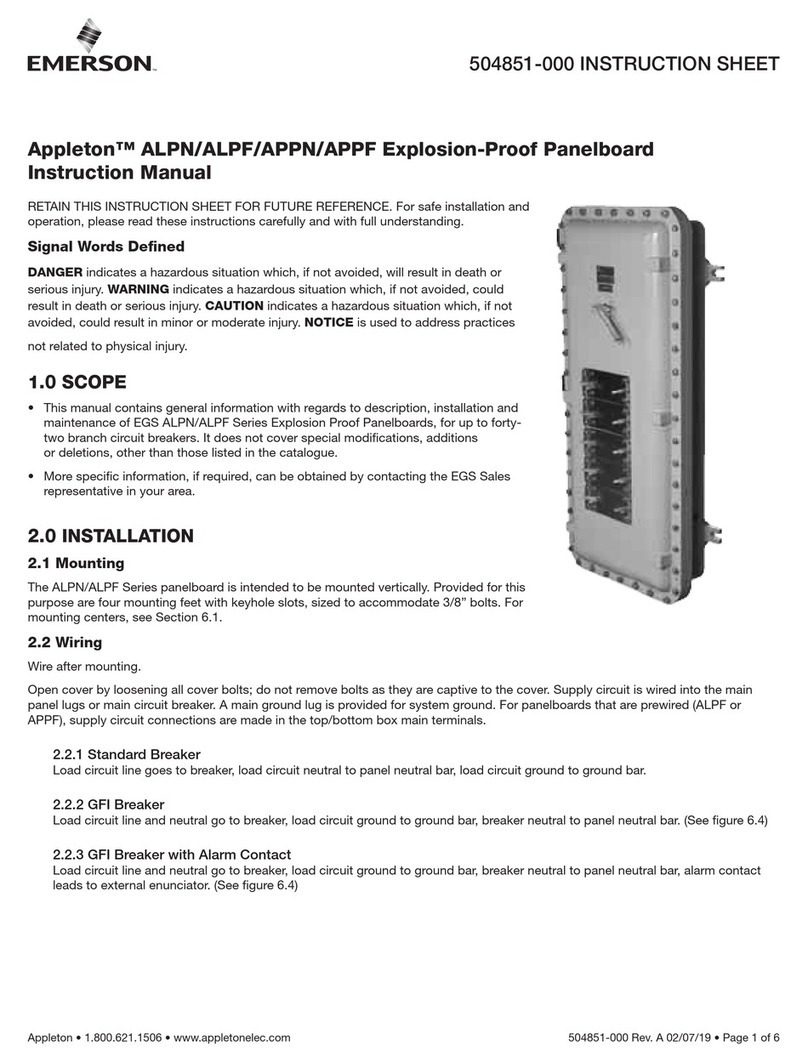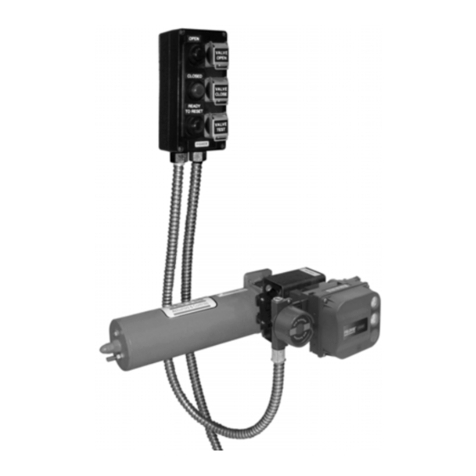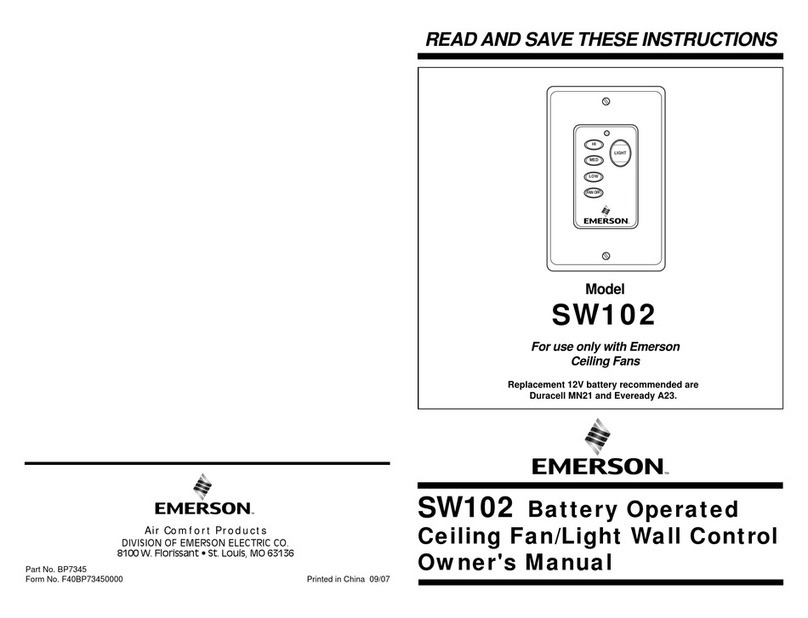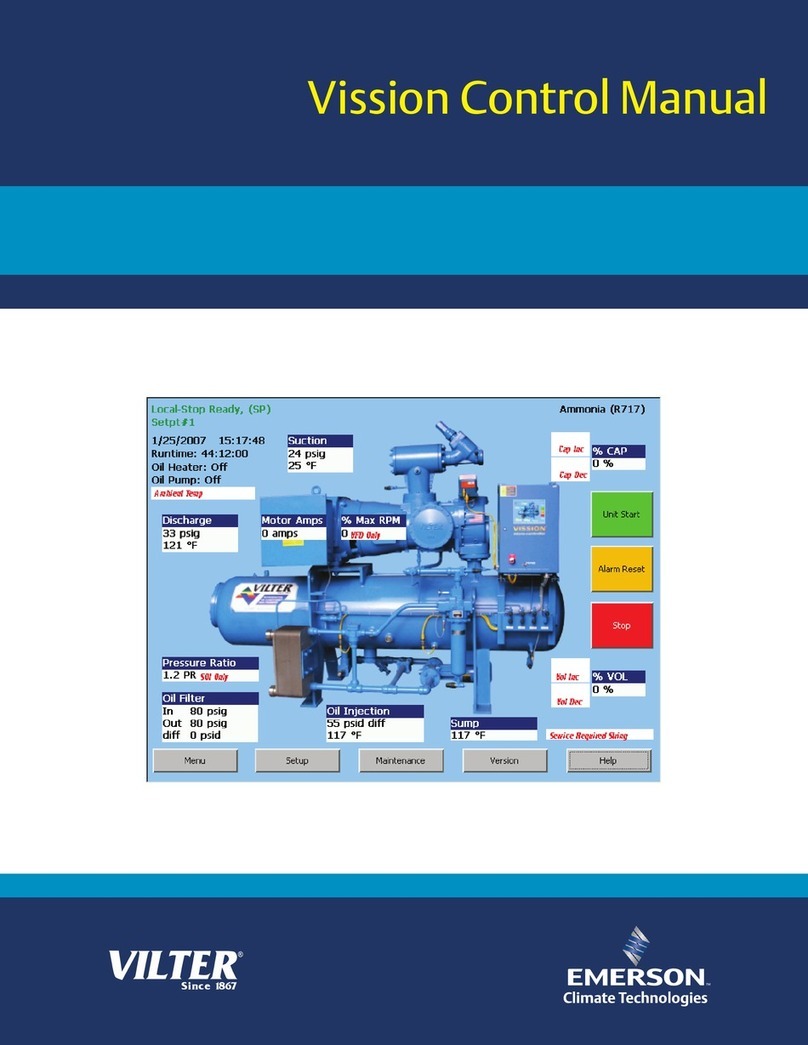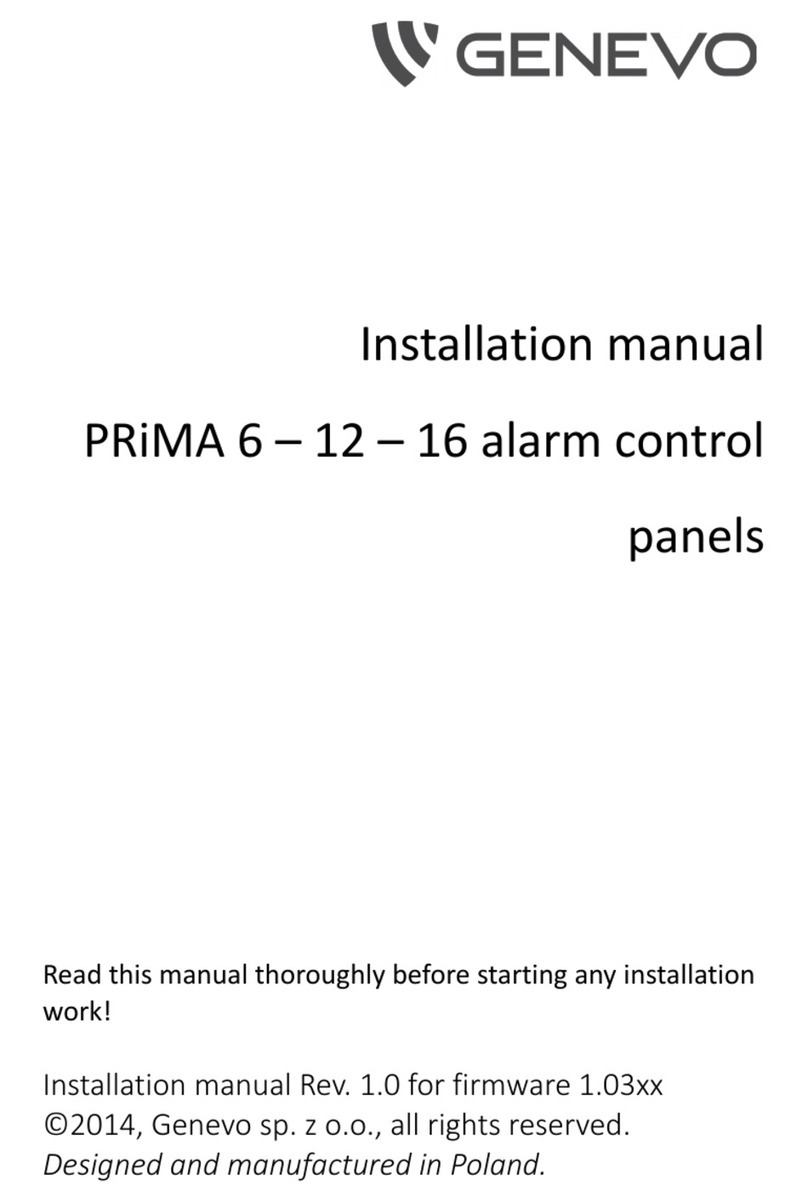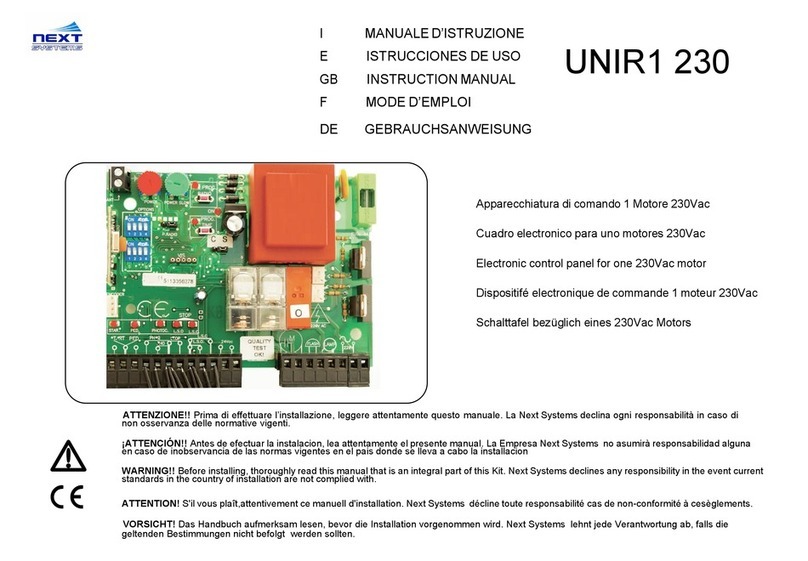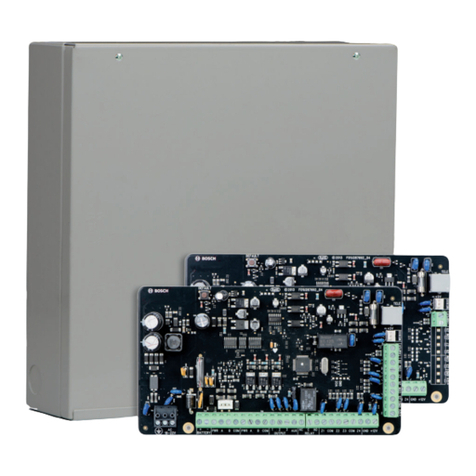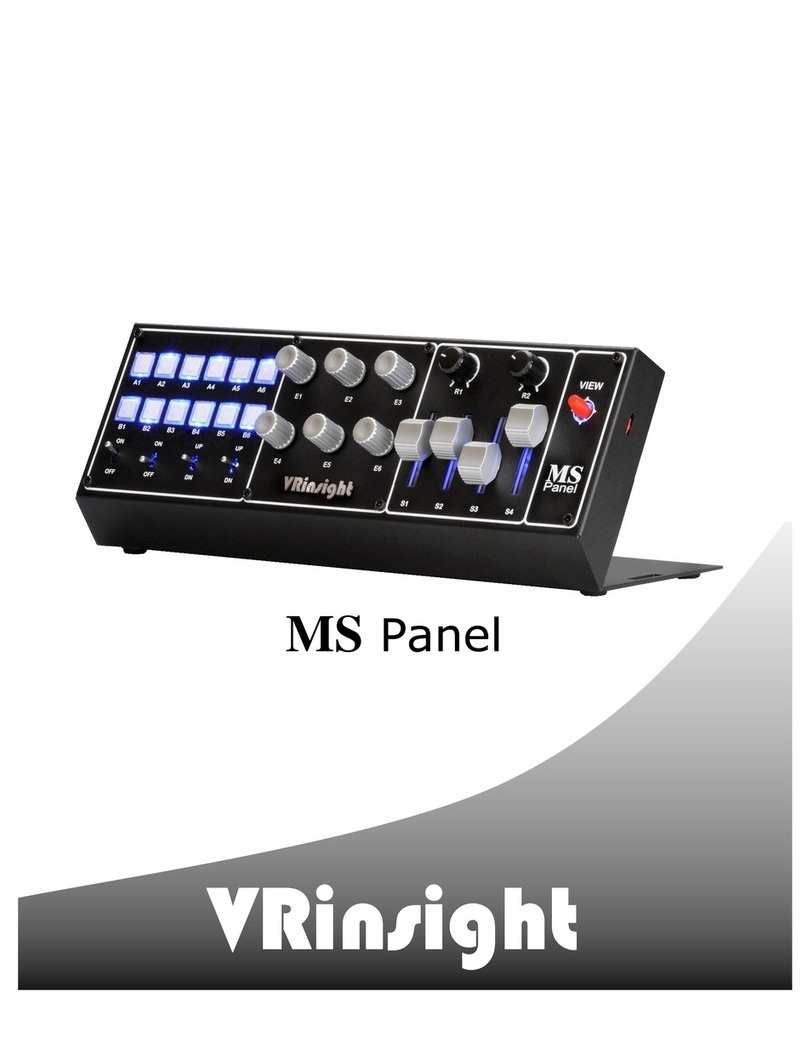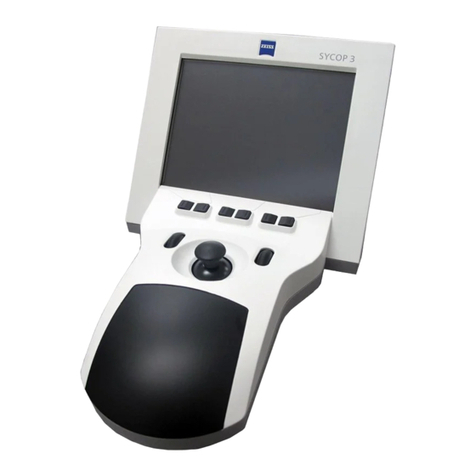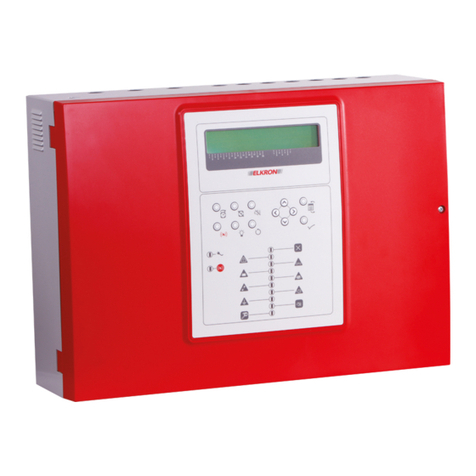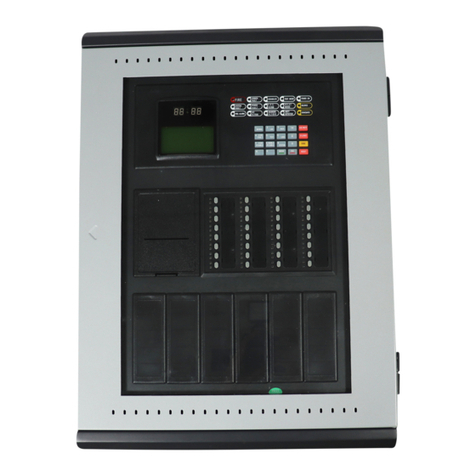
PO. Box 726 nTULSA, OK 74101 nTEL 918-627-5530 nFAX 918-641-7336 nwww.nelsonheaters.com
GA-2318, R1
Sheet 9 of 15
May 2008
PROGRAMMING INSTRUCTIONS
The SMMC-3 program has been structured into 6 levels; within
each of these levels are further degrees of selection. Each
programming step is clearly described on the LCD, and easily
adjusted by the “UP”, “DOWN”, and “SET”buttons.
During programming:
·All regular operating functions of the SMMC-3 are
suspended.
·If a button is not pressed for approximately 90
seconds, the program will return to normal
operation, saving programming changes made up to
the point exited.
·Pressing the BACK button results in an exit from
the programming sequence, with the changes made
up to that point saved.
Resetting to Factory Conditions
When the SMMC-3 is first energized, and during the time the initial
LCD display (SMMC Ver. X.X) screen shows push the UP and
DOWN buttons simultaneously to access the option to revert to
factory set conditions. Use the UP or DOWN button to select “yes”
or “no”; the program accepts the selection and returns to normal
operation.
To begin programming the SMMC-3 hold the SET button down for
5 seconds. The display will start in program level 1. To move to
other levels use the UP or DOWN buttons.
The default temperature units setting is °F.
To move to the next level use the UP or DOWN buttons.
Press the SET button to select the temperature display units.
Pressing UP selects Degrees C.
Pressing DOWN selects Degrees F.
After pressing the UP or DOWN button, the program automatically
accepts the selection and advances to the next program level.
Level 2. Operating Mode Selection
PROGRAM MODE
The default mode setting is Mode 1.
To move to the next level use the UP or DOWN buttons.
Press the SET button to select the operating mode.
Pressing UP selects Mode 1 (Independent).
Pressing DOWN selects Mode 2 (Priority).
After pressing the UP button for Mode 1, the program
automatically accepts the selection and advances to the next
program level.
After pressing the DOWN button for Mode 2, the program
automatically accepts the selection and then moves to
another input screen, as shown below.
2. Mode No.2
<2zones> <3zones>
Pressing UP selects a 2 Zone system (Zone 1 & 2).
Pressing DOWN selects a 3 Zone system (Zone 1, 2 & 3).
After pressing the UP or DOWN button, the program
automatically accepts the selection and advances to the next
program level.
Level 3. Sensor Activation/De-activation
PROGRAM MODE
The default sensor activation setting is for an aerial (SMAS-
1), or gutter (SMGS-1) sensor, zone 1.
To move to the next level use the UP or DOWN buttons.
Press the SET button to begin the process to activate or
deactivate sensors. Each of the 3 control zones may have up
to 2 individual sensors, for a total of 6 sensors. <A/G.ZoneX>
refers to either an SMAS-1 or SMGS-1 sensor, <P.ZoneX>,
refers to an SMPS-1 in-ground sensor. The
activation/deactivation operation for all 6 sensors must be
stepped through before this operation is complete.
1. Degree: °C or °F
<°C > <°F >
Yes <A/G.Zone1> No
3.Sensor Activation
Yes <A/G.Zone2> No
3.Sensor Activation
Yes <A/G.Zone3> No
3.Sensor Activation
Yes <P.Zone1> No
3.Sensor Activation
Yes <P.Zone2> No
3.Sensor Activation
2.Mode: 1 or 2
<No.1 > <No.2 >
Level 1. Temperature Unit Selection
PROGRAM MODE
1. Degree: °C or °F
